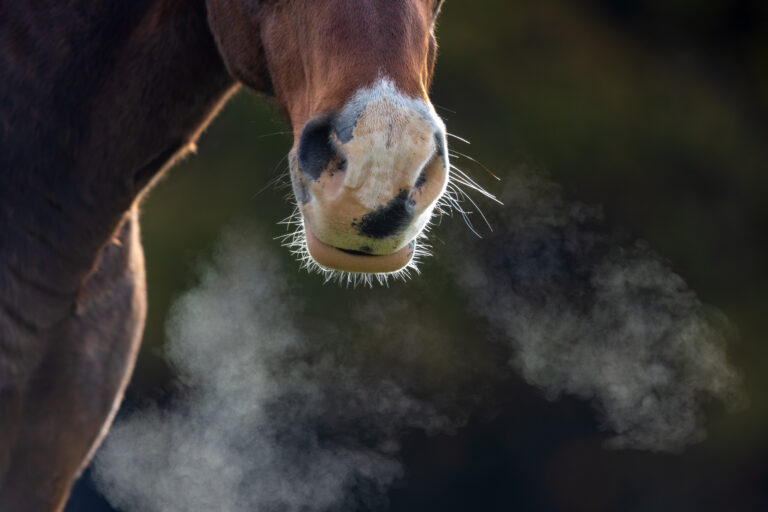
The AAEP Infectious Disease Committee has published new guidelines for Glanders, which continues to be present in a number of Asian, African, Middle Eastern and South American countries.
You can read or download the Glanders guidelines here.
The authors of the guidelines are Dr. Abby Sage and Dr. Peter Timoney, supported by AAEP Infectious Disease Committee.
The following is covered in the new Glanders guidelines:
- Definition
- Clinical Signs/Disease
- Manifestation
- Differential Diagnosis
- Incubation Period
- Risk Factors
- Transmission
-
Diagnostic Sampling, Testing and Handling Recommended Action if Glanders is Suspected
-
Specific Control Measures and Biosecurity Issues
-
Zoonotic Concern
-
Additional Resources
The AAEP Glanders guidelines state: “Glanders is a contagious disease caused by Burkholderia mallei, a gram negative, non-motile, non-encapsulated and non-spore forming bacillus in the bacterial family Burkholderiaceae. It has been recognized for millennia as a disease of equidae and humans. Glanders can also affect Felidae, small ruminants, camels, bears and walruses. In 1934, glanders was officially eradicated in domestic animals in the USA. The disease has been eradicated in North America, Australia and Europe through import control measures coupled with testing and elimination of any infected animals. However, Glanders continues to be present in a number of Asian, African, Middle Eastern, and South American countries. Recent outbreaks in countries from which it was previously eradicated indicate that Glanders is no longer as geographically restricted in terms of its global distribution. Glanders is an OIE listed equine disease and a transboundary disease in the USA. As such, it is immediately reportable to the United States Department of Agriculture (USDA) and State Animal Health Officials in all 50 states and territories.”









